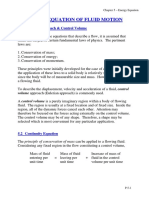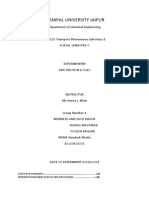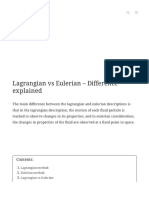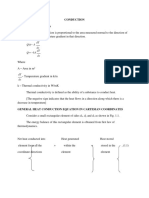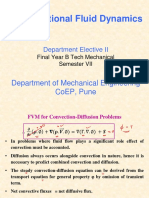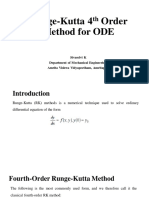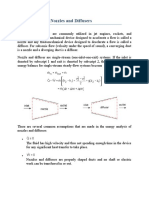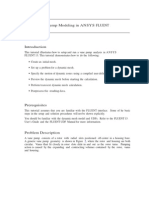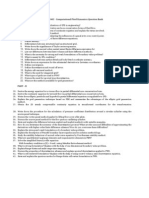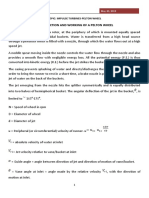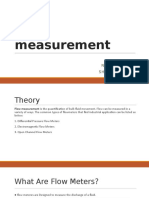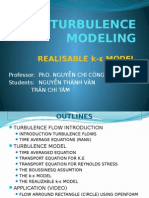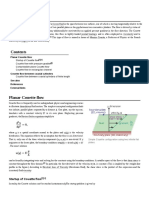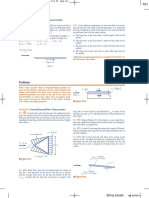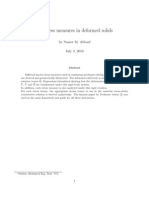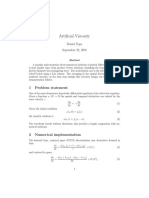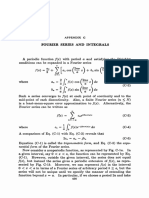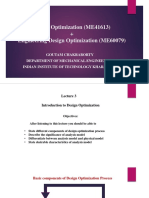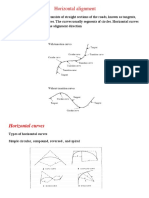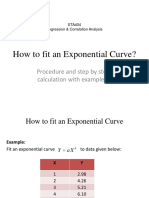100% found this document useful (1 vote)
692 views4 pagesCFD Continuity Equation Part1
The document discusses four models of fluid flow - finite control volume fixed in space, finite control volume moving with flow, infinitesimal fluid element fixed in space, and infinitesimal fluid element moving with flow. Applying the fundamental physical principle of mass conservation to each model results in four forms of the continuity equation - integral conservation, integral non-conservation, partial differential equation conservation, and partial differential equation non-conservation. Derivations of the continuity equation from each model using the mass conservation principle are presented.
Uploaded by
Ahmed S. SharifCopyright
© © All Rights Reserved
We take content rights seriously. If you suspect this is your content, claim it here.
Available Formats
Download as PDF, TXT or read online on Scribd
100% found this document useful (1 vote)
692 views4 pagesCFD Continuity Equation Part1
The document discusses four models of fluid flow - finite control volume fixed in space, finite control volume moving with flow, infinitesimal fluid element fixed in space, and infinitesimal fluid element moving with flow. Applying the fundamental physical principle of mass conservation to each model results in four forms of the continuity equation - integral conservation, integral non-conservation, partial differential equation conservation, and partial differential equation non-conservation. Derivations of the continuity equation from each model using the mass conservation principle are presented.
Uploaded by
Ahmed S. SharifCopyright
© © All Rights Reserved
We take content rights seriously. If you suspect this is your content, claim it here.
Available Formats
Download as PDF, TXT or read online on Scribd
/ 4















